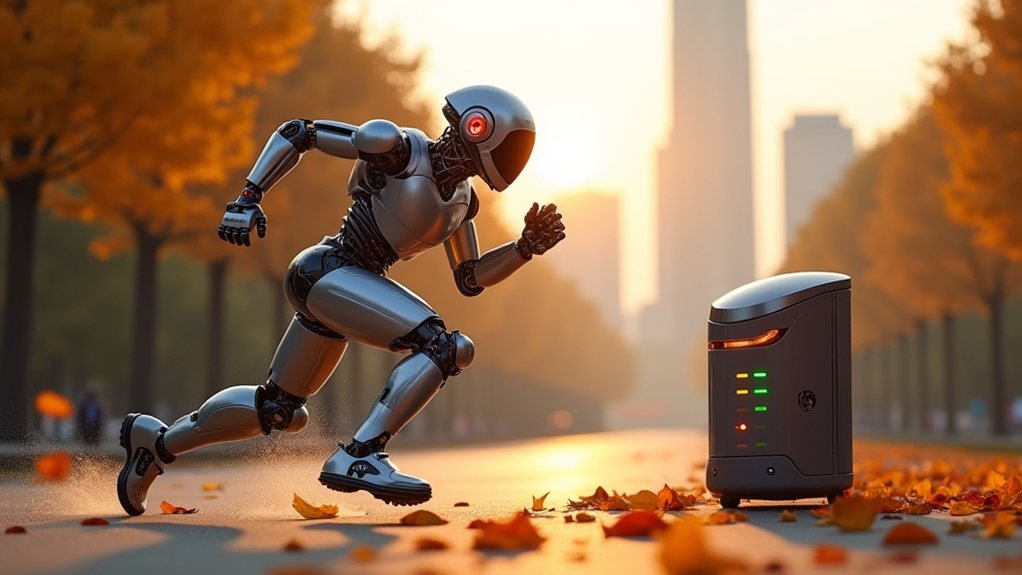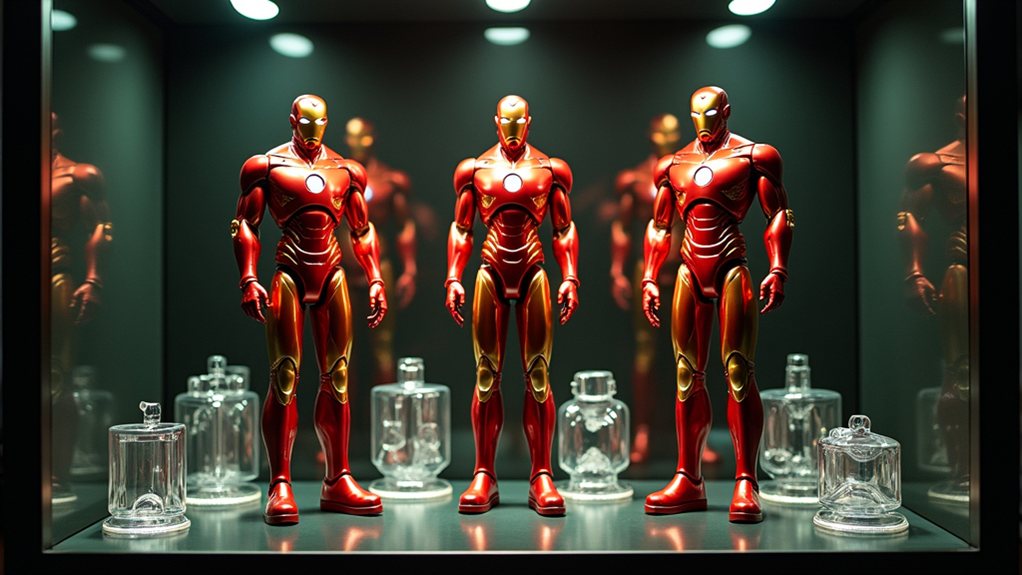In a world where robots are taking over everything from factories to homes, it only makes sense that they’d eventually hit the track – so, welcome to Beijing’s Economic-Technological Development Area, where, on April 19, 2025, the first-ever humanoid robot half-marathon happened.
Yes, you read that right. A half-marathon—21.0975 km, or about 13.1 miles—run by robots. 21 of them, to be precise, all vying for the title alongside thousands of human athletes. Talk about competition, right?
A historic half-marathon—21 robots competing against human athletes. The future of sports is here!
Picture it: sleek humanoid forms with varying designs, built by some cutting-edge Chinese firms. DroidVP and Noetix Robotics were just two of the competitors. These robots didn’t just show up with charm; they had human trainers in tow, ready with battery swaps and emergency repairs, which was quite necessary since, let’s face it, robots and endurance aren’t quite best buddies yet. The event highlighted how neural networks enable robots to learn and adapt to complex physical challenges.
Racing in separate lanes for safety, the robots plastered the course with electric energy. The star of the show, “Tiangong Ultra,” crossed the finish line in a respectable 2 hours, 40 minutes, and 42 seconds. Sure, that’s not breaking any world records, but for a robot trudging through 13.1 miles? Pretty impressive. Not to mention the requirements for mid-race pit stops! That clearly showcased the current endurance limits. In fact, the winning robot highlighted both the challenges and potential of robotic innovation in endurance events. Additionally, the event was significant as it promoted technological advancements in robotics and their integration into sports, setting a precedent for future competitions.
Of course, there were hiccups. Heat management issues and choppy movement algorithms left room for improvement, and don’t even get started on the staggering pace challenges. Human coaches had their work cut out for them, sometimes lending a hand to keep their robo-runners upright and on track.
But hey, this event wasn’t just about racing. It was a demonstration of human-robot coexistence in sports—a strange but thrilling narrative unfolding in real time.
Beijing was buzzing with excitement, marking a pivotal moment in the integration of robotics and athletics. Welcome to the future, folks, where your competition might just be made of metal. Who knew?





